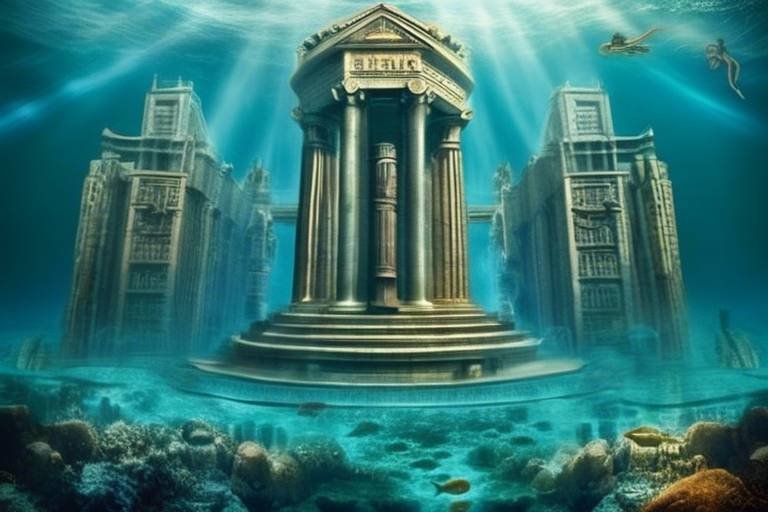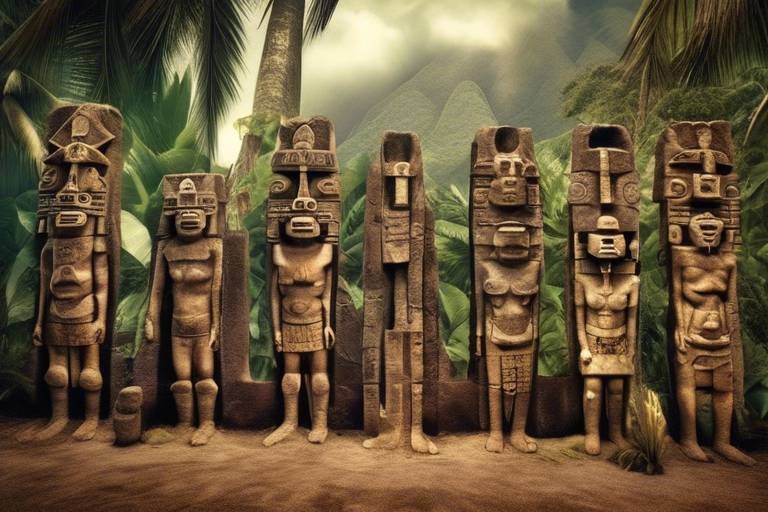The Mystery of the Lost Civilizations of North America
North America is a land shrouded in mystery, with its vast landscapes hiding the remnants of ancient civilizations that once thrived in harmony with the land. The enigmatic disappearance of these cultures has left behind a trail of archaeological puzzles, inviting us to unravel the secrets buried beneath the surface. As we delve into the lost civilizations of North America, we are met with a tapestry of rich history, indigenous wisdom, and the enduring legacy of those who came before us.
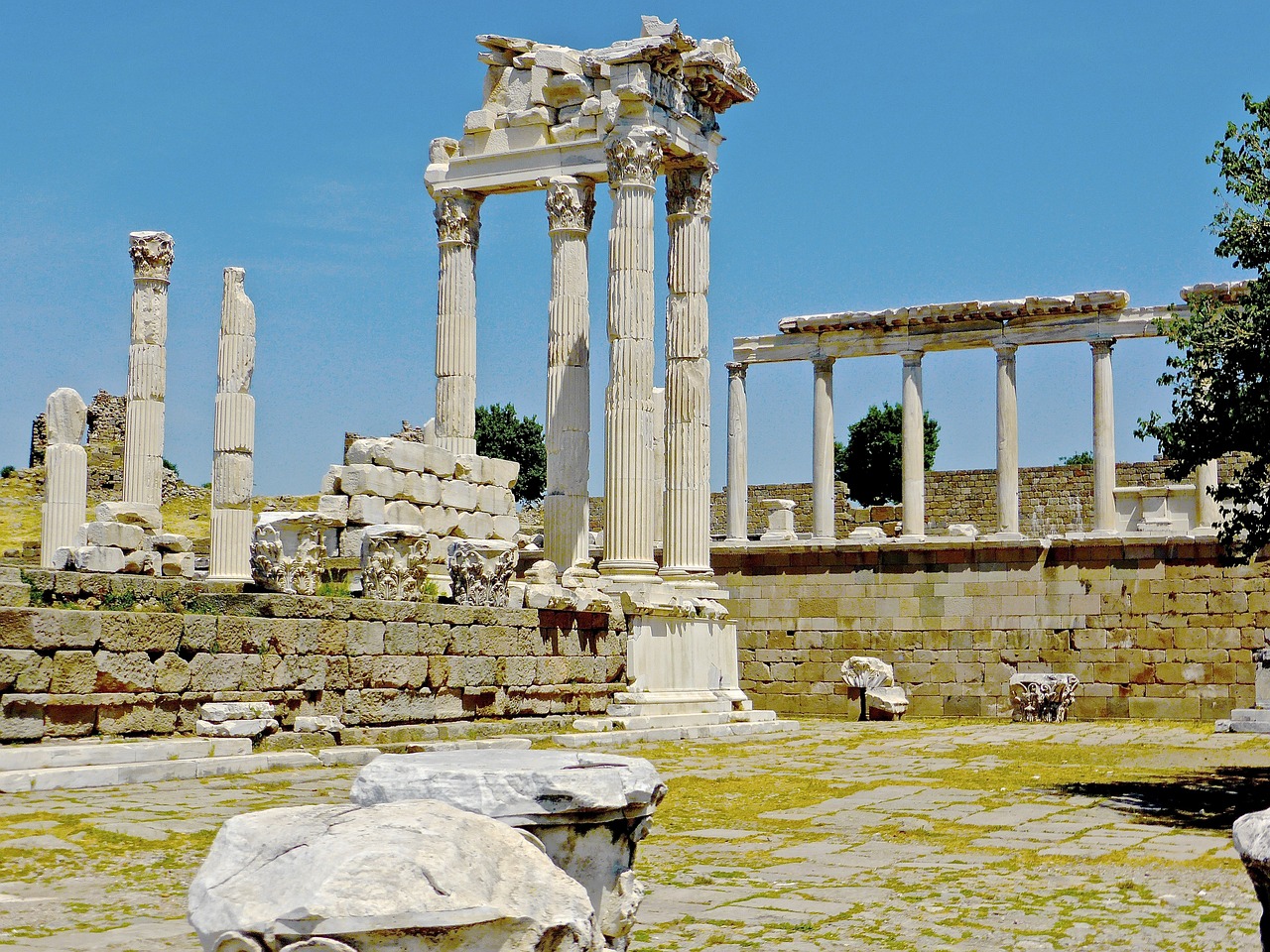
The Anasazi People
The Anasazi people, also known as the Ancestral Puebloans, were an ancient Native American civilization that thrived in the Four Corners region of the United States. They are renowned for their remarkable cliff dwellings, intricate pottery, and advanced agricultural practices that allowed them to flourish in the arid desert landscape. Scholars believe that the Anasazi culture emerged around 1200 BC and reached its peak between 900 and 1150 AD.
One of the most intriguing aspects of the Anasazi civilization is the mystery surrounding their sudden disappearance from the region. Archaeologists have put forth various theories to explain this enigmatic event, ranging from environmental changes to social upheaval or conflicts with neighboring tribes. Despite extensive research and excavations, the exact reasons behind the decline of the Anasazi people remain shrouded in mystery.
The cliff dwellings of the Anasazi, such as those found at Mesa Verde in Colorado and Chaco Canyon in New Mexico, are architectural marvels that continue to captivate visitors with their ingenuity and beauty. These ancient structures, built into the cliffs and canyons, provide a glimpse into the daily lives and cultural practices of the Anasazi people, showcasing their skill in construction and adaptation to the harsh desert environment.
Moreover, the Anasazi were skilled artisans known for their distinctive black-on-white pottery, intricate basketry, and elaborate petroglyphs that adorned the rock walls of their dwellings. These artistic expressions not only served practical purposes but also held symbolic significance, reflecting the spiritual beliefs and cultural traditions of the Anasazi society.
Despite the mysteries and uncertainties surrounding their ultimate fate, the legacy of the Anasazi people endures through their impressive archaeological sites, artifacts, and the ongoing research efforts dedicated to unraveling the secrets of this ancient civilization. Their story serves as a testament to the resilience and ingenuity of indigenous peoples in North America, leaving a lasting imprint on the landscape and history of the region.
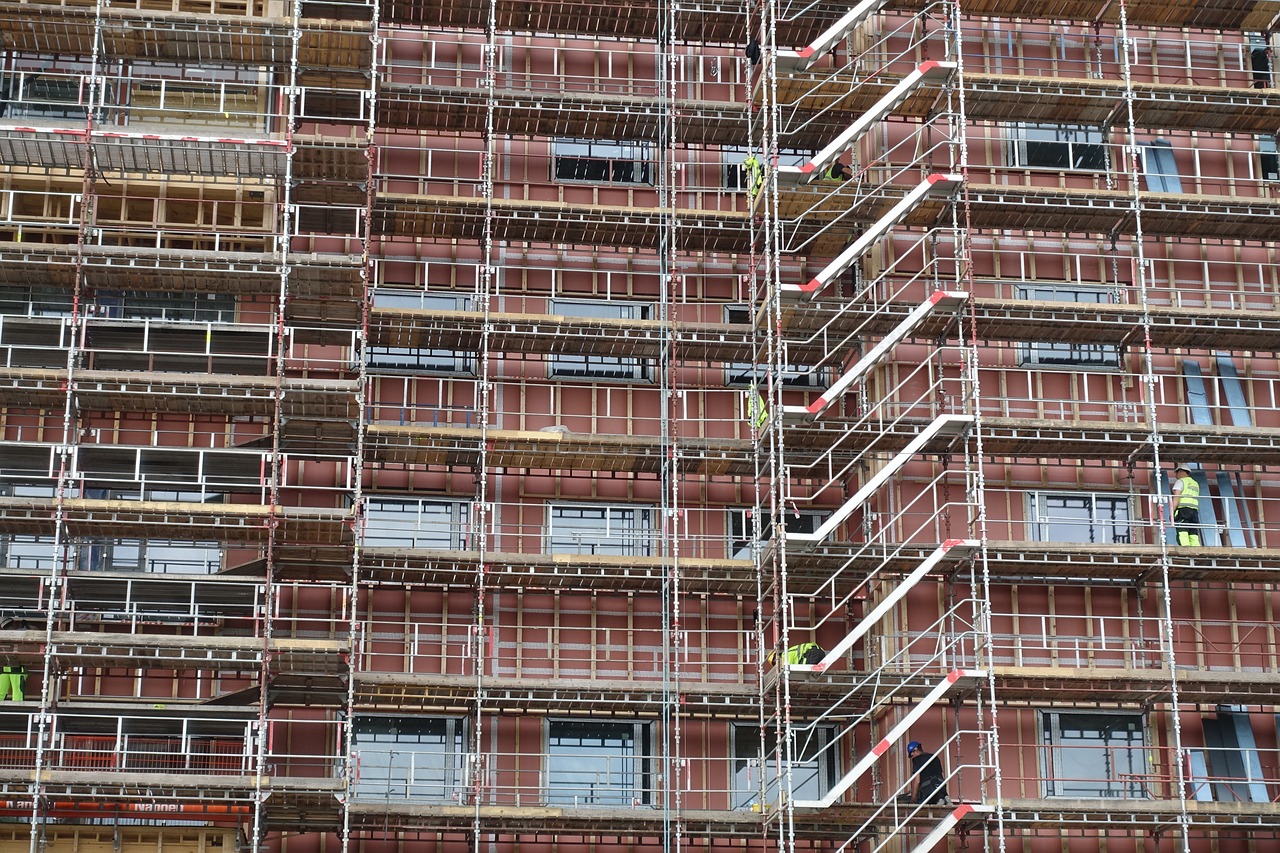
The Mound Builders
The Mound Builders were ancient Native American cultures that constructed elaborate earthworks and mounds across various regions of North America. These mysterious civilizations left behind a legacy of impressive structures that continue to baffle archaeologists and historians alike. One of the most notable groups of Mound Builders were the Adena people, known for their intricate burial mounds and artifacts that shed light on their advanced rituals and customs.
These ancient peoples, often referred to as the Mound Builders due to their construction of earthen mounds for various purposes, inhabited areas such as the Ohio River Valley and the Mississippi River Valley. The mounds they built served as burial sites, ceremonial centers, and markers of social and religious significance within their communities.
Archaeological excavations of Mound Builder sites have revealed a wealth of artifacts, including pottery, tools, and jewelry, providing insights into their daily lives and cultural practices. The intricate earthworks constructed by the Mound Builders demonstrate their sophisticated understanding of engineering and architecture, with some mounds reaching impressive heights and sizes.
One of the enduring mysteries surrounding the Mound Builders is the question of their ultimate fate and the reasons behind the decline of their civilizations. Various theories have been proposed, ranging from environmental factors to social upheaval, yet the true cause of their disappearance remains a subject of debate and speculation among researchers.
Exploring the legacy of the Mound Builders offers a glimpse into the rich and complex history of ancient North American civilizations. Their remarkable achievements in mound construction and cultural development continue to captivate the imagination, inviting further exploration and discovery into the enigmatic world of these lost cultures.
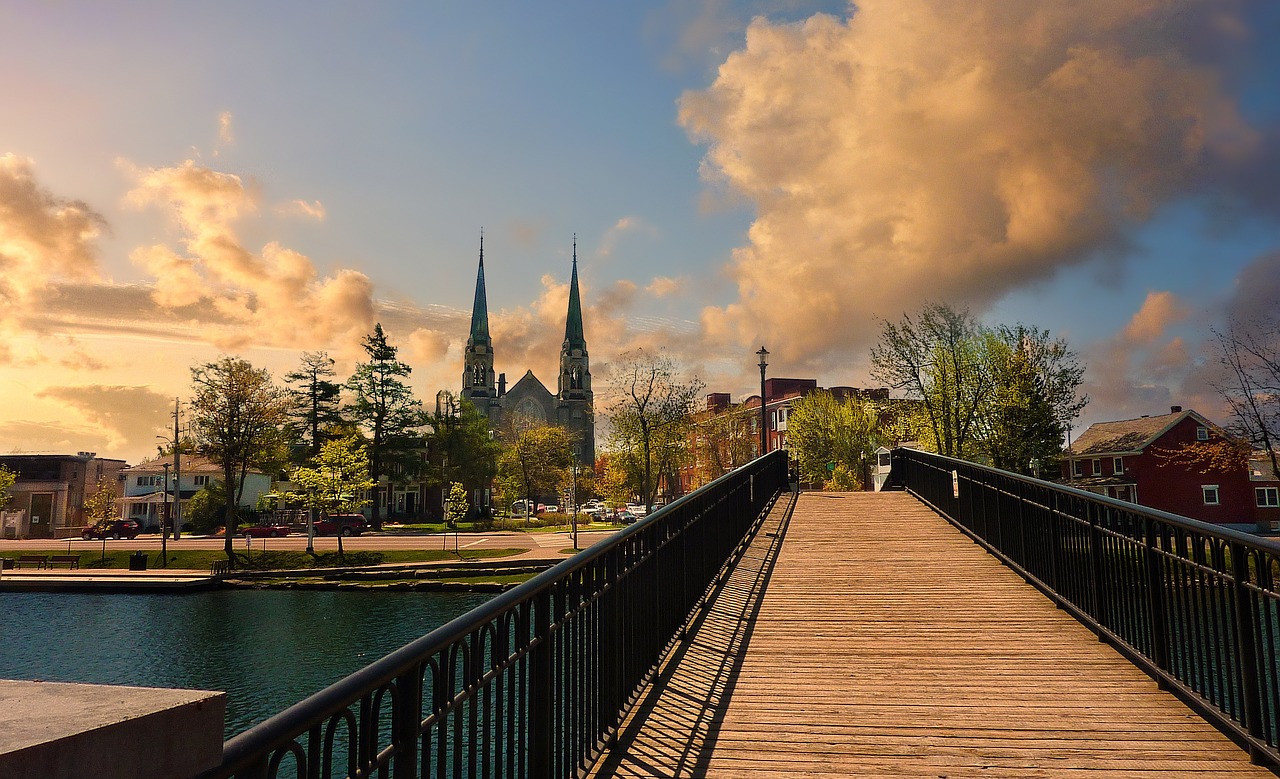
The Cahokia Civilization
Delving into the history of Cahokia, the largest pre-Columbian city in North America, reveals a fascinating civilization that thrived in the Mississippi River Valley. Cahokia's impressive mounds, including Monks Mound, the largest earthen structure in North America, stand as testaments to the architectural and engineering prowess of its inhabitants. These mounds served various purposes, from ceremonial platforms to elite residences, reflecting the complex social structure of the Cahokia people.
Theories regarding the decline and eventual abandonment of Cahokia abound, with factors such as environmental degradation, resource depletion, and social upheaval being proposed. The once-thriving urban center, with its population possibly reaching up to 40,000 at its peak, faced challenges that led to its gradual decline. The mysteries surrounding the sudden collapse of Cahokia continue to intrigue archaeologists and historians, prompting ongoing research and excavations to uncover the truth behind its demise.
Trade networks extending across the region, intricate pottery styles, and evidence of long-distance interactions highlight the cultural significance of Cahokia within the Mississippian world. The city's central plaza, known as Monks Mound Plaza, served as a hub for social, political, and economic activities, showcasing the organized and structured nature of Cahokian society.
Archaeological discoveries at Cahokia, such as the Woodhenge sun calendar and the presence of a sophisticated agricultural system, provide insights into the advanced knowledge and skills of its inhabitants. The Cahokia civilization's legacy endures through the remnants of its monumental architecture, intricate artifacts, and the ongoing efforts to preserve and interpret its rich history for future generations.

The Hopewell Tradition
Exploring the enigmatic disappearance of ancient civilizations in North America and the archaeological puzzles left behind, shedding light on the rich history of indigenous peoples and the secrets buried beneath the land.
The Hopewell Tradition represents a fascinating chapter in the ancient history of North America. Known for their artistic achievements and extensive trade networks, the Hopewell culture left behind enigmatic earthworks that continue to puzzle archaeologists and historians to this day. These intricate earthworks, including geometric enclosures and mounds, serve as a testament to the cultural sophistication and organizational skills of the Hopewell people.
One of the most intriguing aspects of the Hopewell Tradition is their extensive trade networks, which allowed for the exchange of goods and ideas across vast distances. Artifacts such as copper ornaments, shells, and exotic materials found at Hopewell sites indicate connections to distant regions, highlighting the cultural exchange and complexity of their society.
The decline of the Hopewell culture remains shrouded in mystery, with theories ranging from environmental changes to social upheaval. Despite the challenges in unraveling their ultimate fate, the legacy of the Hopewell Tradition endures through the remarkable archaeological sites they left behind, offering a glimpse into a vibrant and innovative ancient civilization.

The Hohokam Culture
The Hohokam culture, known for their innovative irrigation systems and canal networks, thrived in the arid regions of the Southwest. Their ability to harness water for agriculture allowed them to flourish in areas where others struggled. The Hohokam people were skilled artisans, creating distinctive pottery adorned with intricate designs that reflected their culture and beliefs.
One of the most fascinating aspects of the Hohokam culture was their extensive trade networks, which connected them to distant regions and facilitated the exchange of goods and ideas. This interaction with neighboring cultures influenced their artistic style and technological advancements, showcasing their adaptability and openness to innovation.
Archaeologists have uncovered evidence of large ceremonial platforms and ball courts in Hohokam settlements, suggesting a complex social and religious structure within their society. These structures were likely used for communal gatherings, rituals, and sporting events, highlighting the importance of community and tradition in Hohokam life.
Theories surrounding the disappearance of the Hohokam culture vary, with some researchers proposing environmental factors such as prolonged droughts or changes in river patterns as possible causes. Others suggest social upheaval or conflicts with neighboring groups may have played a role in the decline of this once-thriving civilization.
Despite the mysteries that shroud the fate of the Hohokam culture, their legacy endures in the archaeological sites scattered across the Southwest. The intricate irrigation channels, pottery fragments, and ceremonial structures serve as reminders of a people who thrived in a challenging environment and left their mark on the landscape for future generations to discover and ponder.

The Adena Culture
The Adena culture, one of the fascinating ancient civilizations of North America, thrived in the Ohio Valley and parts of surrounding states from around 1000 BC to 200 AD. Known for their intricate burial mounds and ceremonial earthworks, the Adena people left behind a rich archaeological legacy that has puzzled researchers for centuries. These mounds, some reaching impressive heights, served as burial sites for important individuals and contained valuable artifacts that shed light on the spiritual beliefs and social structure of the Adena society.
Artifacts such as intricately crafted copper jewelry, stone tools, and pottery found within the mounds indicate a culture with advanced artistic skills and a deep connection to the land. The Adena culture is also believed to have been involved in long-distance trade networks, exchanging goods such as marine shells and mica with distant regions, showcasing their extensive interactions with other ancient civilizations.
One of the most intriguing aspects of the Adena culture is their elaborate burial rituals, which included cremation and the placement of various offerings in the burial mounds. These rituals reflect a complex belief system centered around the afterlife and the spiritual realm, providing valuable insights into the worldview of the Adena people.
Researchers have also uncovered evidence suggesting possible connections between the Adena culture and other ancient civilizations in North America, such as the Hopewell tradition. The similarities in artistic styles, burial practices, and ceremonial structures hint at a cultural exchange and influence between these different groups, painting a picture of a dynamic and interconnected ancient landscape.
Despite the wealth of archaeological evidence unearthed about the Adena culture, many questions still remain unanswered. The reasons behind their eventual decline and disappearance from the region, as well as the extent of their interactions with other civilizations, continue to fuel ongoing research and speculation. The enigmatic nature of the Adena culture adds to the allure of North America's lost civilizations, inviting further exploration and discovery into the mysteries of the past.
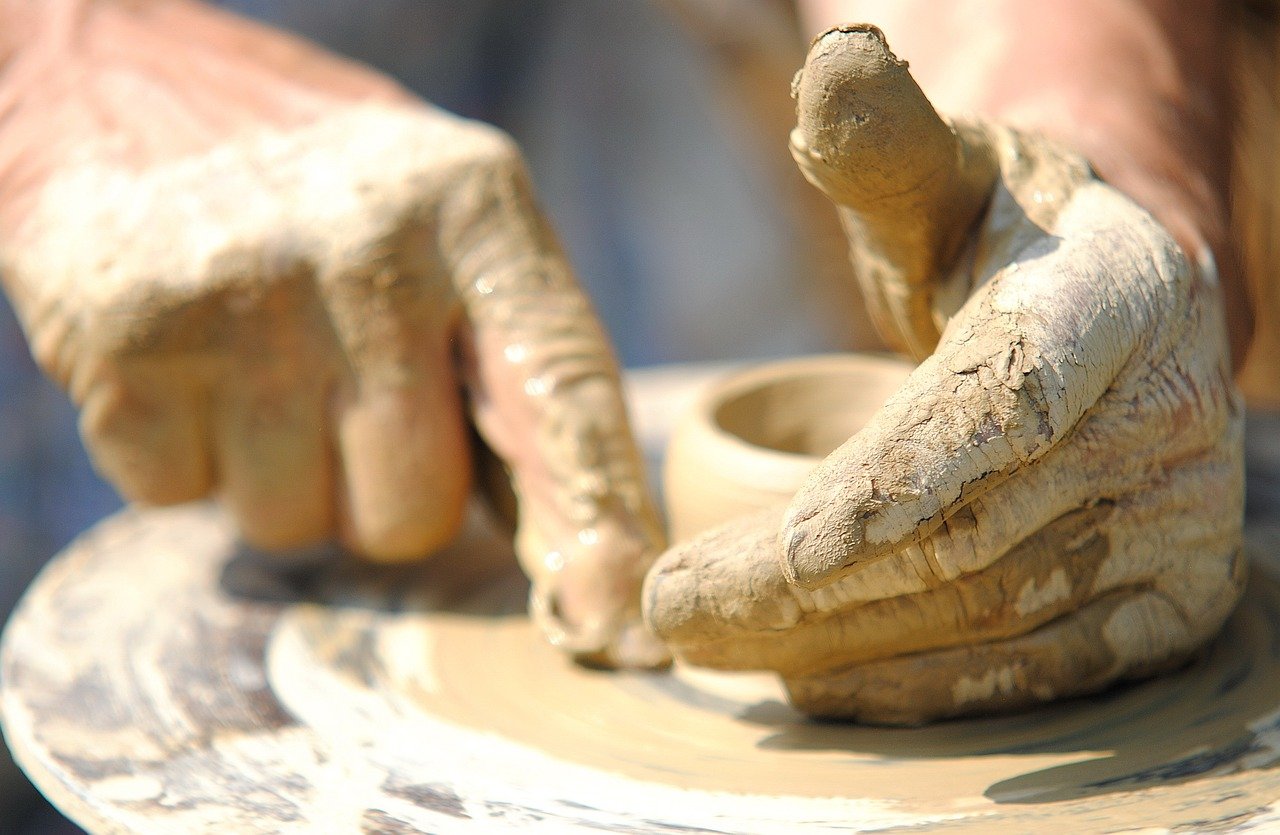
The Mississippian Culture
The Mississippian Culture flourished in the Mississippi River Valley and its surrounding areas from around 800 to 1600 AD, leaving behind a legacy of complex societies and impressive ceremonial centers. At the heart of their civilization were chiefdoms, with powerful leaders overseeing a stratified society where artisans, farmers, and warriors played vital roles in sustaining the community.
One of the most renowned sites of the Mississippian Culture is Cahokia, located near present-day St. Louis, Missouri. This ancient city was home to thousands of people and featured monumental earthen mounds, including the impressive Monk's Mound, which served as the focal point of religious and political activities. The layout of Cahokia indicates sophisticated urban planning and a highly organized society.
Artistry and craftsmanship were highly valued by the Mississippian people, as evidenced by their intricate pottery, shell ornaments, and copper jewelry. These artifacts not only showcase the artistic skills of the culture but also provide insights into their trade networks and connections with other regions.
The decline of the Mississippian Culture remains a subject of debate among archaeologists. Factors such as environmental changes, warfare, disease, and social unrest have been proposed as potential causes for the eventual abandonment of sites like Cahokia. Despite the eventual decline, the Mississippian Culture's influence persisted, impacting later Native American societies in the region.
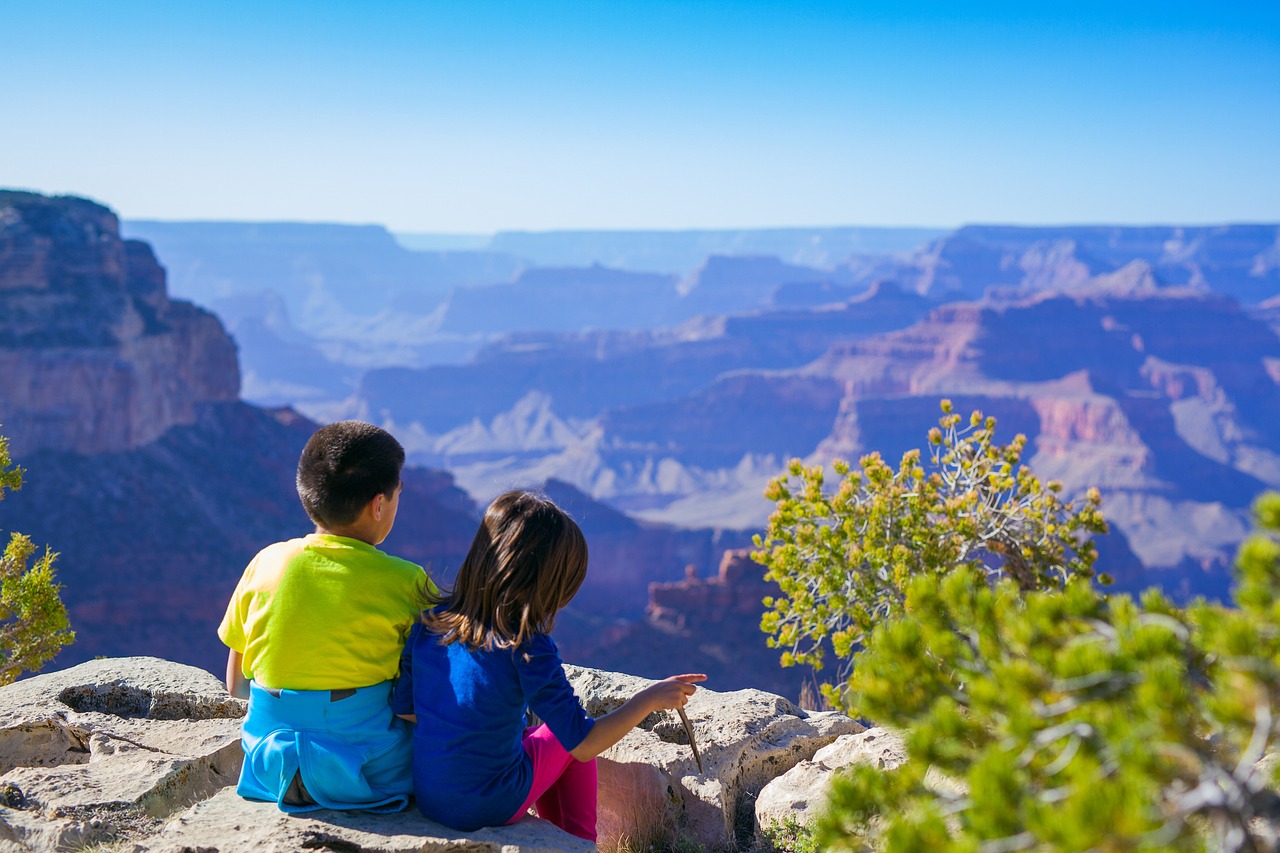
The Chaco Canyon Civilization
Deep in the heart of the American Southwest lies the intriguing mystery of the Chaco Canyon Civilization, a testament to the ingenuity and architectural prowess of ancient peoples. The sprawling complex of Chaco Canyon, with its intricate network of buildings, kivas, and ceremonial structures, stands as a silent witness to a civilization shrouded in enigma and wonder.
Archaeologists and historians have long been captivated by the grandeur of Chaco Canyon, where the Ancestral Puebloans once thrived. The precision of their construction, the alignment of their buildings with celestial events, and the sheer scale of the complex all point to a sophisticated society deeply connected to the natural world and the cosmos.
One of the most striking features of Chaco Canyon is the Great Kiva, a massive underground chamber thought to have been used for ceremonial purposes. The intricate masonry and careful planning required to construct such a monumental structure speak volumes about the organizational skills and spiritual beliefs of the Chacoans.
Moreover, the Chacoans' intricate road system, known as "Chacoan Roads," linked the various sites within the canyon and extended for miles beyond, showcasing their advanced understanding of urban planning and connectivity. The roads facilitated trade, communication, and possibly even pilgrimage, highlighting the importance of Chaco Canyon as a regional hub.
Despite the impressive achievements of the Chaco Canyon Civilization, its ultimate decline remains a mystery. Theories abound regarding environmental factors, social upheaval, or even spiritual reasons for the abandonment of this once-thriving center of culture and commerce. The sudden and enigmatic collapse of Chaco Canyon only adds to its mystique and allure, leaving us with more questions than answers.
Frequently Asked Questions
- What caused the disappearance of the Anasazi people?
The sudden disappearance of the Anasazi people from the Four Corners region has long puzzled archaeologists. Various theories suggest factors such as drought, warfare, or societal collapse as possible causes.
- Were the Mound Builders connected to other ancient civilizations?
The identity and connections of the Mound Builders to other ancient civilizations remain a subject of debate among researchers. Some believe they were part of a larger network of cultures, while others propose they developed independently.
- What led to the decline of Cahokia, the pre-Columbian city?
The reasons behind the decline of Cahokia, once a thriving urban center, are not definitively known. Theories range from environmental changes to social unrest, impacting the city's eventual abandonment.
- How did the Hohokam culture vanish from the Southwest?
The disappearance of the Hohokam culture, known for their advanced irrigation systems, remains a mystery. Theories suggest factors like resource depletion, conflict, or assimilation into other groups may have played a role.
- What was the significance of the Mississippian ceremonial centers?
The Mississippian culture's ceremonial centers, like Moundville, held great importance in their society. These sites served as political, religious, and trade hubs, showcasing the complexity of Mississippian chiefdoms.
- Why did the Chaco Canyon civilization collapse?
The collapse of the Chaco Canyon civilization, with its impressive architectural feats, is still debated among scholars. Theories include environmental changes, social upheaval, or shifts in trade networks affecting the region.




